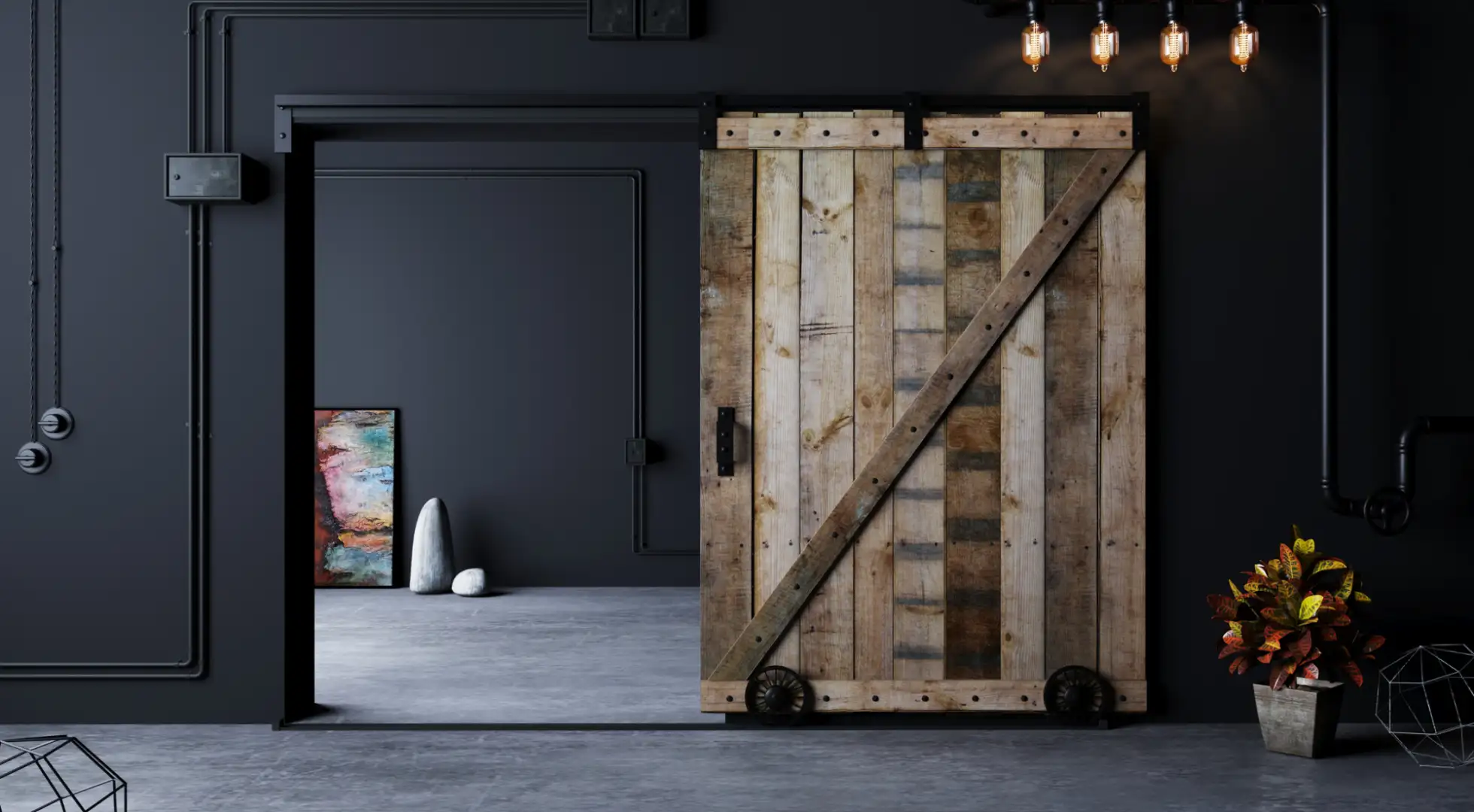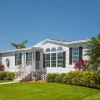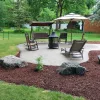How to Finance a Barndominium With a Conventional Loan

Barndominiums are finally going mainstream! Well, maybe not quite yet. But between rising home values and remote workers opting for more rural settings, we’ve seen a significant increase in interest in barndos over the past few years.
However, there's still a lot of confusion about the property type, and many prospective buyers steer clear because they worry they won't be able to secure funding for a non-traditional home. For the most part, though, this is just a myth.
Yes, you can finance a barndominium with a conventional loan. Overall, the process is no different than any other real estate transaction. The biggest issue you'll face is getting an accurate appraisal, and even that's becoming less prohibitive as more barndos are being built and sold.
Highlights
- Barndominiums can be financed with a conventional loan, much like any other property type.
- The most significant hurdle for barndo financing is getting a reliable appraisal due to the unique nature of the home and limited comparables in the area.
- Fannie Mae and Freddie Mac allow conventional loans for barndominiums, although finding a lender familiar with these homes is essential.
- Barndominiums often offer lower costs, more customization options, and greater energy efficiency than traditional homes.
- As barndominiums grow in popularity, more lenders are starting to work with these unique properties, making it easier to secure financing.
Purchasing a Barndominium with a Conventional Loan
While barndos can sometimes be more challenging to finance, Fannie Mae and Freddie Mac – the two government-sponsored enterprises responsible for establishing conventional loan guidelines – allow borrowers to purchase and refinance these unique homes.
In fact, Freddie Mac goes out of its way to mention barndominiums in its guidelines: “Mortgages secured by non-traditional types of properties are eligible...Examples of non-traditional or unique property types include, but are not limited to, ‘barndominiums,’” and the list of other unique property types goes on to mention:
Geodesic dome houses
Earth/berm homes (think hobbit houses)
Log cabins
Shouses (similar to barndominiums but with an emphasis on an attached workshop)
Fannie Mae doesn’t mention barndos specifically but simply states that unique homes are eligible if the appraiser can establish a “reliable opinion of market value” (more on this later).
But even though conventional lenders are allowed to fund loans for barndos, not all do. As they become more commonplace, however, we’re seeing an increase in the number of lenders making conventional loans for barndominiums.
Unfortunately, finding a lender who works with barndos doesn't guarantee you financing, even if you'd otherwise meet the requirements for a conventional loan. This is particularly true if you're purchasing a uniquely designed barndominium or one in an area where few or no others exist.
That's because the most significant hurdle when applying for a conventional loan on a barndominium is the appraisal. Lenders want assurance that a home is sellable on the open market if the home must go into foreclosure. And, it has to be worth the amount on which the loan is based. But with barndos, finding similar properties for appraisers to base their estimates on can be tricky.
When lenders can get an accurate appraisal of value on a barndominium, the rest of the loan application and underwriting process is similar to that of a traditionally constructed home.
How Are Barndominiums Appraised?
Under normal circumstances, appraisers estimate a home's value using recent comparable property sales. For example, if you're considering a house in a 300-home subdivision and three properties with the same floor plan have sold within the past four months, their sales prices provide a good idea of your prospective home's value.
Comparable sales don’t always have to be the same design. They don’t even need to be the same property type. But the more similar comparable properties are to the subject, the more reliable and accurate the appraisal will be.
This is where the issue arises for barndominiums with unique features or few similar area homes. If a two-bedroom barndominium with a 3,000-square-foot garage is the only barndo within 100 miles, chances are the appraisal process will be challenging.
In most cases, appraisers will have to extend their search for comparable properties to a broader area than most home valuations. If recent barndominium sales cannot be found, they'll likely use similarly-sized traditional homes, older sales, or sales outside the area for comparison. The appraiser must then adjust the values to compensate for material, design, and demand differences.
It can be tough to get a barndominium successfully appraised in some cases. But if an appraiser can come up with a supportable value and make a case that there’s a local market for barndos, the property will be eligible for a conventional loan.
Barndominium Lending Guidelines
If you're applying for a conventional loan for a barndominium, the minimum requirements aren't any different than with other property types. The most challenging aspect of getting approved is finding a lender who works with barndos and can get an accurate estimate of the value and marketability of the home.
After that, you’ll just need to meet conventional lending standards, which include the following:
Debt-to-income ratio of 43% or lower
Two-year history of stable and predictable income
Maximum loan amount within conforming loan limits (Around $806,500 for most areas in 2025)
When applying, the first question for your lender is whether they will consider a barndominium for financing.
Barndominium History
The term barndominium first appeared in the late-1980s. Developers initially used it to reference a type of home with an on-site horse barn, particularly within equine-focused neighborhoods. Over the years, the phrase became used to reference barns that had been converted into living spaces.
During the housing boom of the mid-2000s, metal-built barn-shaped homes began getting referred to as barndominiums. Today, a barndominium can be either a converted former barn or a purpose-built barn-like residence, with the latter becoming increasingly more common.
Most barndominiums feature a metal frame and exterior. In some parts of the country, however, you will also find wood used in the build. Barndos generally have an open-concept design. Without interior load-bearing walls, owners have broad flexibility when planning and altering their home's layout.
You’ll find barndos in all shapes and sizes, from one-bedroom homes with no extra frills to massive structures with a half-dozen bedrooms and mansion-like features. Many barndominiums have large attached garages and storage or workshop spaces.
Barndominiums are often cheaper than traditional homes, although the difference gets more noticeable when comparing properties with extensive square footage. With recently rising home values, barndominiums can provide an affordable alternative for first-time buyers priced out of traditional home ownership.
Advantages of a Barndominium
Barndominiums are more than just a fad housing trend. In fact, they offer several advantages over traditionally built homes:
Barndominiums are often cheaper than standard homes. This is especially true when looking at properties with numerous bedrooms or ample square footage.
The metal used in the construction of most barndominiums is more durable and weather-resistant than traditional homebuilding materials. You can expect less upkeep and repairs to the building's frame and exterior than with a standard home.
You have more flexibility with a barndo than with a normal property. Because the interior begins as an open space, it can be customized however the owner wants. In most cases, renovating an existing barndominium is simpler as interior walls aren't designed to be load-bearing.
Barndos can be more energy efficient than traditional homes. While efficiency can vary from property to property based on how well the structure is insulated, metal buildings generally maintain their heating and cooling better than homes built with standard construction materials.
Disadvantages of a Barndominium
It’s not all upside with barndominiums. There are some areas where barndos are at a disadvantage compared to traditional home builds:
Finding a buyer when it's time to sell. Barndominiums are gaining popularity but are still a unique type of residence that not everyone is willing to consider. Many barndos have layouts emphasizing garage and other non-living or outdoor spaces. This is great for anyone looking for those features in a home but may turn off some prospective buyers.
Barndominiums aren’t found everywhere. In many places, local zoning restrictions and building regulations prohibit them. You're more likely to find barndos in rural areas than in populated cities, a feature which could be good or bad, depending on your preference. Either way, opting for a barndominium restricts your home search to specific locales.
A barndo’s metal exterior can be louder than traditional homes. This is especially noticeable during wind and rainstorms. And you’ll definitely know when it’s hailing. While quality insulation can help, metal buildings don't silence external noises as well as traditionally-built homes.
It can be more challenging to finance a barndominium. Not all lenders will finance barndos. That’s because they’re a relatively new type of home and are considered a unique property by lending guidelines. Thankfully, as these metal homes grow in popularity, getting a conventional loan for barndominium purchases and refinances is getting much easier.
Conventional Loans for Barndominiums and Unique Properties
Although policies vary from lender to lender, you can get a conventional loan on a barndominium. And as barndos are becoming increasingly common, so are the lenders willing to work with them.
If you're planning to purchase a barndominium, get in touch with a lending professional knowledgeable and experienced in unique homes. These experts know the ins and outs of barndos and similar property types and can help fund your purchase just like any other mortgage loan.







